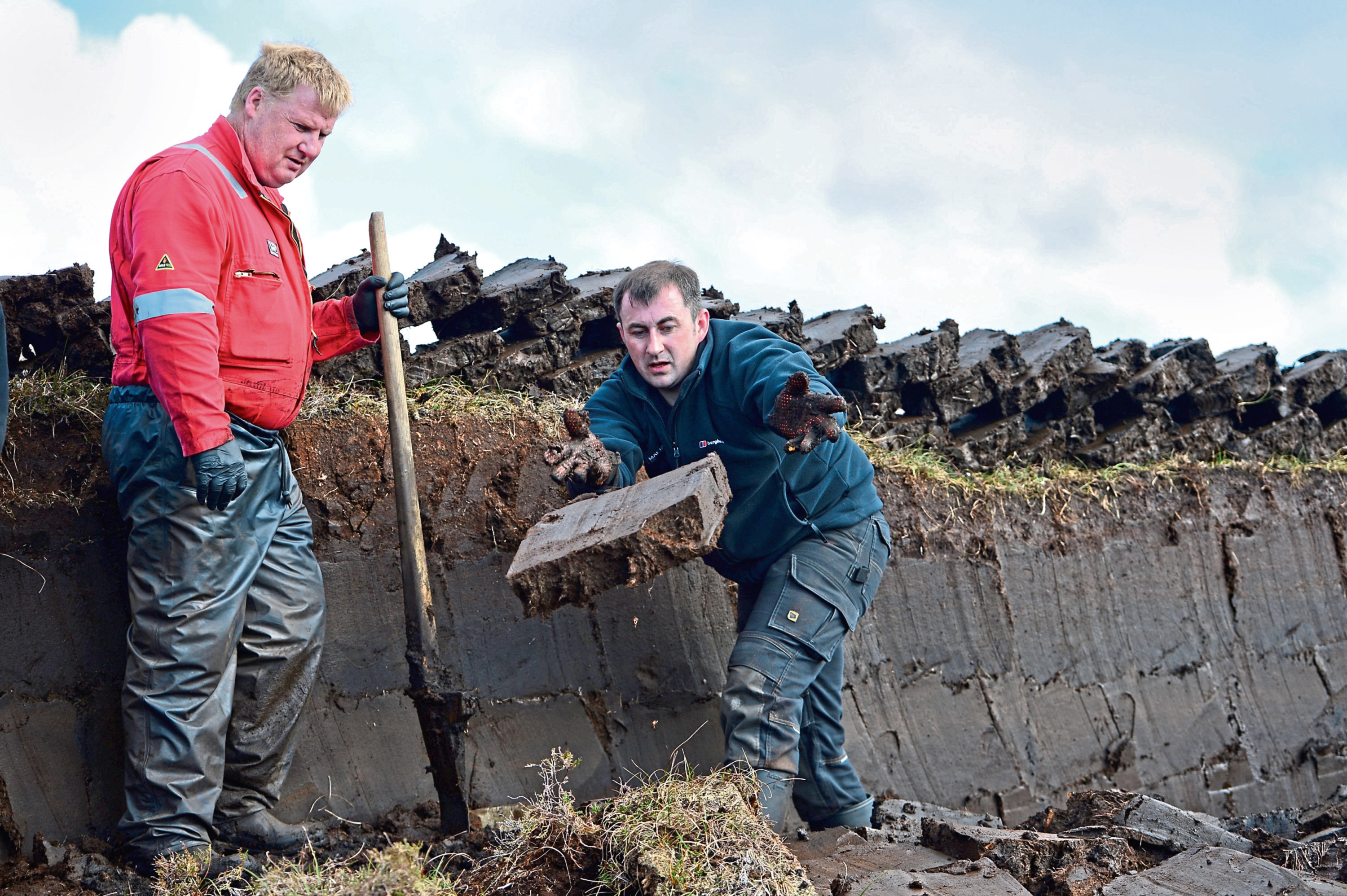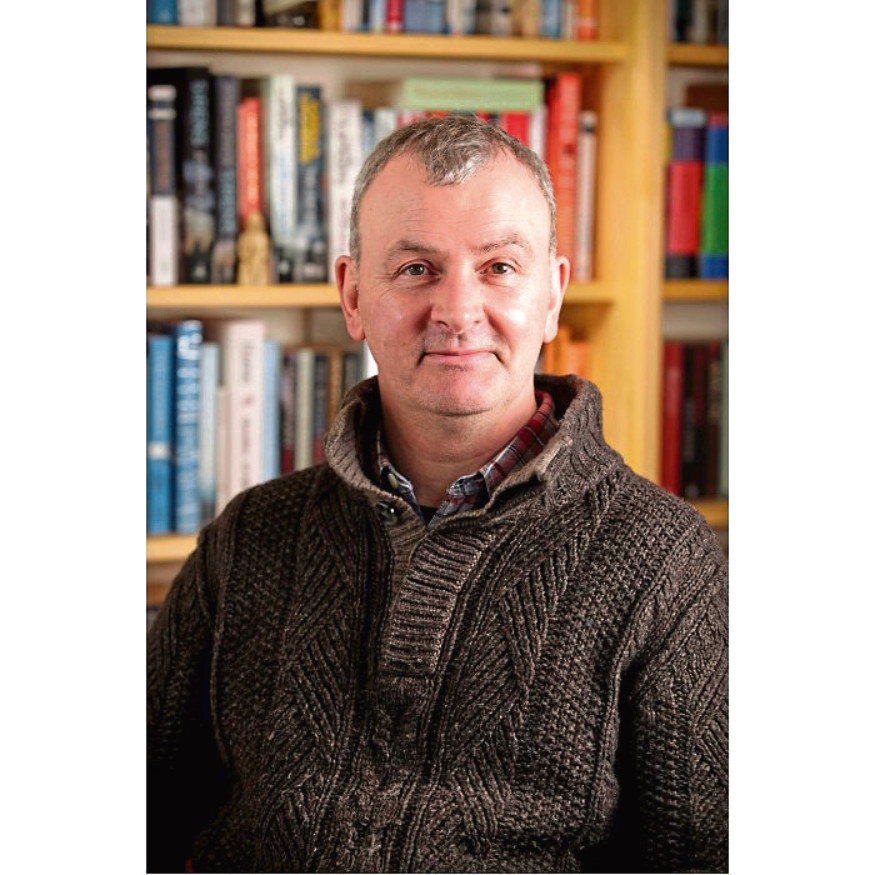
FROM ancient rituals to its associations with whisky, peat continues to have a historical and cultural importance in the Scottish way of life.
Robin A Crawford, author of new book Into The Peatlands told Murray Scougall the Honest Truth about his peaty voyage of discovery.
What is your background?
Art and books. I have a degree in sculpture from Duncan of Jordanstone College of Art, Dundee and have worked as a bookseller and bookshop manager for 25 years.
Why did you write a book about peatlands?
My wife Angie comes from the Isle of Lewis. On holiday there a couple of years ago we were discussing that year’s bestseller, Norwegian Wood, about the Scandinavian craft of stacking wood. I casually remarked: “Someone should write a book about Hebridean peat stacks,” to which she replied “On you go then,” …and so I did.
What is peat?
It is layer upon layer of dead and decaying sphagnum mosses. Approximately one millimetre of peat forms each year so a bog 1.5 metres deep will be about 1,500 years old.
What makes the Outer Hebrides peatlands different from elsewhere?
Moors by their nature are different places – half land, half water. That mingling of land and water is even more obvious on an island far out in the Atlantic Ocean. It seems to emphasise both the bleakness but also the extreme beauty of the peatlands.
How did its use in whisky start?
That is lost in the mists of the moor but there are two peaty elements vital in the distilling of whisky. Firstly, often the water source is peaty. Secondly, the barley is malted over a smoky peat fire giving it the famous “peat reek” aroma.
Are more people returning to peat for home fire burning?
Certainly, but the people of the peatlands have always been adaptable and use multi-fuel solutions to cook and heat their homes. When the price of oil rises the amount of peat cutting out on the moor increases.
How long does the process of cutting and drying take?
The Mayday bank holiday weekend is the traditional time for many to cut peat. After cutting it is dried out on the moor by wind and sun.
Around July, dried peats are transported home where they are built into large peat stacks, often of beautiful herringbone construction. During winter the stacks reduce until they’re reconstructed the next year in a neverending cycle.
What part has peat played in Scottish life and culture?
Peat bogs have a preservative quality. Peat cutters sometimes uncover traces of the past like macabre bog bodies, the sacrificial victims offered to the moor gods in ancient times. I also came across a charter by Robert the Bruce re-establishing the right of the burghers of Stirling to cut peat in 1317 after it had been curtailed during the English occupation.
Who did you speak to?
One of the great pleasures in writing Into The Peatlands was listening to stories all over Scotland. I joined Mary and John Campbell on the peat banks their family had cut for generations at the northern tip of Lewis.
Any interesting tales?
Angus Gillies lived in Kirkibost, Lewis, before emigrating to North America in the early 1880s. His daughter, Marion Laiter, aged 90, visited Kirkibost from America 110 years later and was amazed to find she had many distant cousins living there.
A further surprise was in store. At an old peat bank, the turf was removed for her from a particular spot. There, preserved in the peat, was a footprint. It was the footprint of her father, Angus.
As she placed her own foot in the preserved print, her cousins explained that on the day before he left, his mother sent Angus out to the bank to collect some peats in a creel. After his departure she discovered his footprint in the soft peat at the foot of the bank.
She covered the print with turf as the only memento of her son.
Into the Peatlands: A Journey Through the Moorland Year by Robin A Crawford is published this month by Birlinn

Enjoy the convenience of having The Sunday Post delivered as a digital ePaper straight to your smartphone, tablet or computer.
Subscribe for only £5.49 a month and enjoy all the benefits of the printed paper as a digital replica.
Subscribe